- News
- Reviews
- Bikes
- Components
- Bar tape & grips
- Bottom brackets
- Brake & gear cables
- Brake & STI levers
- Brake pads & spares
- Brakes
- Cassettes & freewheels
- Chains
- Chainsets & chainrings
- Derailleurs - front
- Derailleurs - rear
- Forks
- Gear levers & shifters
- Groupsets
- Handlebars & extensions
- Headsets
- Hubs
- Inner tubes
- Pedals
- Quick releases & skewers
- Saddles
- Seatposts
- Stems
- Wheels
- Tyres
- Tubeless valves
- Accessories
- Accessories - misc
- Computer mounts
- Bags
- Bar ends
- Bike bags & cases
- Bottle cages
- Bottles
- Cameras
- Car racks
- Child seats
- Computers
- Glasses
- GPS units
- Helmets
- Lights - front
- Lights - rear
- Lights - sets
- Locks
- Mirrors
- Mudguards
- Racks
- Pumps & CO2 inflators
- Puncture kits
- Reflectives
- Smart watches
- Stands and racks
- Trailers
- Clothing
- Health, fitness and nutrition
- Tools and workshop
- Miscellaneous
- Buyers Guides
- Features
- Forum
- Recommends
- Podcast
feature
 Bike at bedtime Factor Vis Vires
Bike at bedtime Factor Vis ViresWhatever happened to the Factor Vis Vires? Check out this radical £10k superbike released a decade ago
Unhindered by the UCI rulebook, a decade ago British bike brand Factor unleashed the Vis Vires on the world, one of the most striking bikes we'd seen at the time and one of the first road bikes with a £10,000 price tag. The radical design featured a full-length fork, integrated stem and split down tube, the latter being completely unique to Factor and something we've not seen any other bike brand try to replicate to date.
At a quick glance, the Vis Vires may bear a slight resemblance to many other bikes out there, but on a closer inspection you'll notice some distinct features. The down tube is literally divided in two down the middle, and the fork blades extend seamlessly to meet a completely integrated stem.
While certain other aero bikes with holes in have even started appearing on the World Tour in the last year or so, this was revolutionary at the time.
> Read our review of the Factor Vis Vires
When the Factor Vis Vires was released back in 2013, it was one of the best examples of integration we'd ever seen on a road bike. The brakes were hidden away behind the fork legs and behind the bottom bracket, the cabling was fully internal and there was a speed sensor incorporated into the chainstay, all with the aim of minimising drag.
Factor used TRP mini V-Brakes which they customised, producing their own linkage pieces and eliminating the external noodle for the internal cable routing.
The stem was mounted right on top of the forks and yes, it does look a bit odd, but it featured an integrated Garmin mount on top, and a Garmin 810 GPS bike computer was even included as part of the package. It also had space underneath to conceal the Shimano Di2 control box.
The down tube is made from two individual aerofoil tubes joined at the top tube and bottom bracket, and braced in the middle to maintain stiffness. The idea was to let turbulent air from the front wheel pass through the gap, instead of forcing it to go around the down tube. Factor claimed this design saved about one second per kilometre.
Unsurprisingly, the Vis Vires didn't gain certification from the UCI so was never raced in UCI-sanctioned events... and, to answer the question in the title of this article, it has long been discontinued.
Factor did release the UCI-legal Factor One, first in 2015 and again in 2018 with disc brakes, which saw the return of the double down tube (now referred to as the Twin Van EVO down tube), and external steerer fork design. That this bike is part of Factor's range today tells us the brand still thinks there is plenty in its gappy down tube design, but ultimately the niche-ness of the Vis Vires and the industry's move to disc brakes probably sealed its fate.
The Vis Vires may not have been popular enough to avoid being consigned to history, but in 2015 Factor released 65 individually numbered limited edition Vis Vires bikes, and retired professional cyclist-turned commentator David Millar had number one in the collection. To our knowledge, that was the last batch of Vis Vires bikes that rolled off the Factor production line.
> Check out the best aero road bikes 2023
Back to the bike - the Factor Vis Vires pictured above that we reviewed came complete with a Shimano Dura-Ace 9070 Di2 groupset, and fitted with Factor’s own power-measuring Power Cranks.
Although ten grand was a serious amount of money to spend on a bike in 2013 and still very much is, the complete bike did come with the computer, power cranks and its very own Scicon travel bag. Ditch the cranks and it was a mere £7,999.
> Are expensive carbon road bike wheels worth the money?
The Vis Vires finishing kit included an Enve Compact carbon bar, painted to match the frame, a Fizik Arione 00 saddle and Factor's wheels from its own in-house brand Black Inc, which were fitted with Factor-branded Vittoria Open Corsa tyres in a 23mm width.
The complete 56cm bike with everything attached hit the road.cc Scales of Truth at 7.39kg (16.3lb).
There is very little info out there about the fate of the several hundred Vis Vires bikes out in the wild. We tried contacting a small owner's group on Instagram and haven't received a reply at the time of writing, and we're not sure if David Millar kept his slice of split-downtubed cycling history...
What are your thoughts on the Vis Vires? Let us know in the comments section below.
Emily is our track and road racing specialist, having represented Great Britain at the World and European Track Championships. With a National Title up her sleeve, Emily has just completed her Master’s in Sports Psychology at Loughborough University where she raced for Elite Development Team, Loughborough Lightning.
Emily is our go-to for all things training and when not riding or racing bikes, you can find her online shopping or booking flights…the rest of the office is now considering painting their nails to see if that’s the secret to going fast…
Latest Comments
- Rekrab 16 min 31 sec ago
MORE LANES, MORE LANES!!!!
- Simon E 23 min 11 sec ago
The numbers don't tell anything like the whole story....
- Simon E 54 min 17 sec ago
Just squirt some thick grease all over his side windows and door panels. If you're feeling really uncharitable you could throw some sand at the...
- David9694 1 hour 34 min ago
check under 'W'for "What cars do to people"
- quiff 2 hours 14 min ago
Fascinating - I have always thought Hersheys has a whiff of vomit about it!
- Global Nomad 2 hours 15 min ago
good to see you're testing the farsports wheels - hope to see road.cc continue to expand the range of brands it considers. These or the shallower...
- chrisonabike 2 hours 18 min ago
Duly triggered! (At least "it's comedy!" though)....
- quiff 2 hours 19 min ago
Agreed, though those in thrall to the car lease would probably think the same of my coffee expenditure...
- chrisotherwise 2 hours 49 min ago
Sadly very normal. And the sand contains loads of evil little shards of flint.
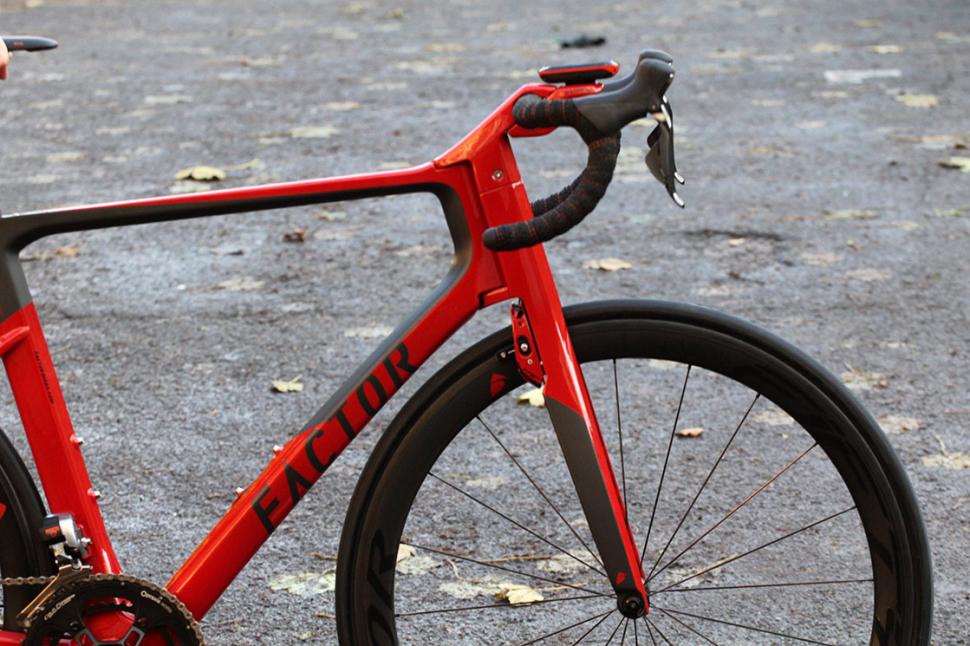

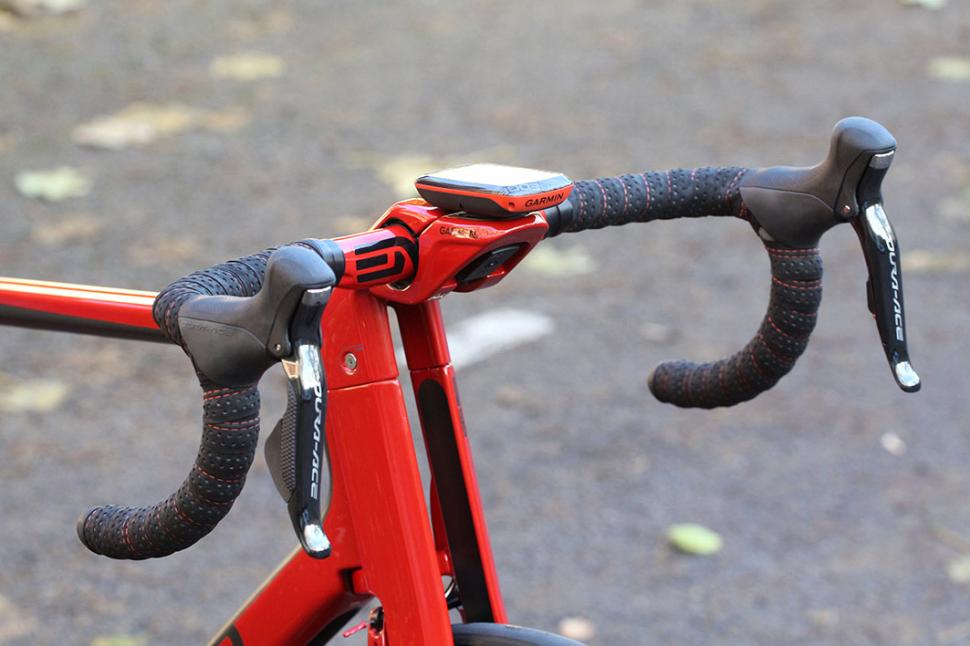

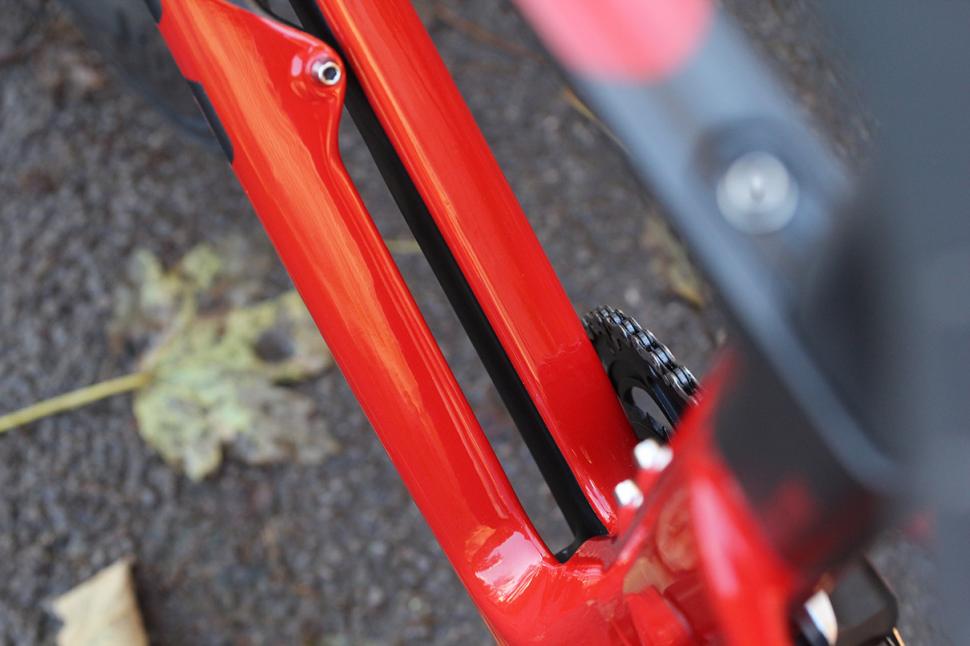
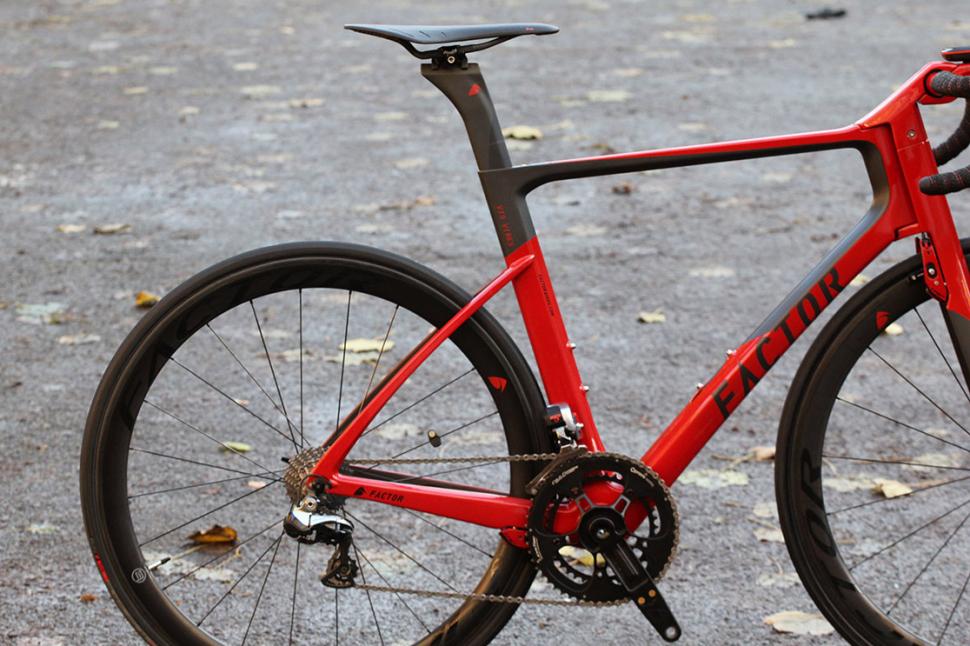

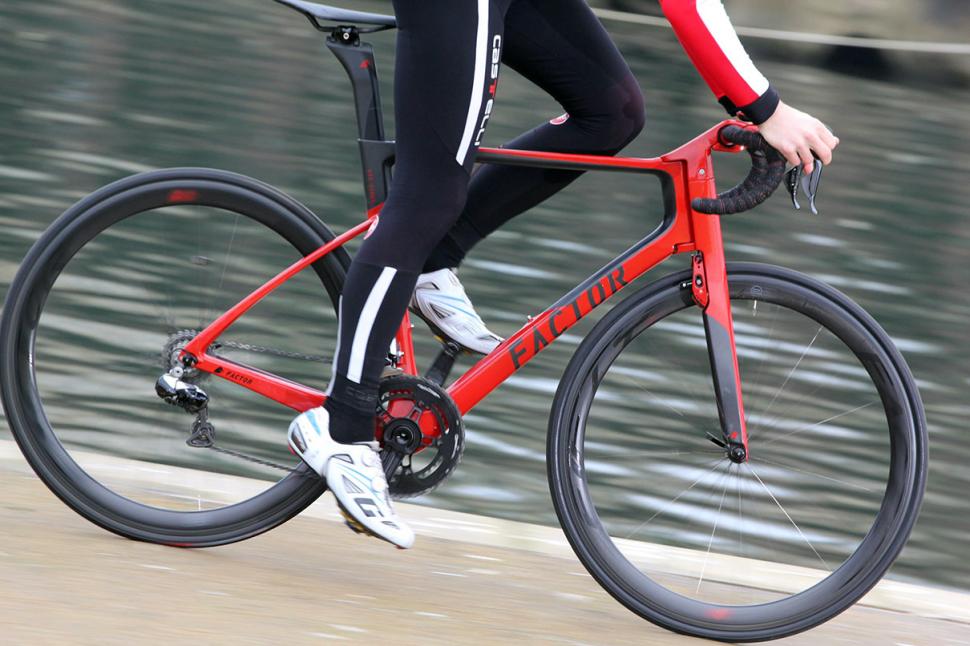
Add new comment
3 comments
Why did they go to so much trouble to be aero and then "unslam" the stem by giving it what looks like about a 35° angle? Seems to defeat the point somewhat.
I assumed that it was part of the new aero guidance, the peleton seems to be 'unslamming' generally. I associated this with the same trend in TT bikes where the front ends/hands are going high now, ala preying mantis, which is suppposedly more aero at the cost of handling. Seems counter-intuitive but I don't have a wind tunnel to prove either way.
10 years ago they wern't which is when this bike was available. a decade ago, there was not as much focus on aero. That is quite a recent trend brought in at the same time as disc brakes evolving. There are a few things that are gaining more popularity ie dropped seat stays and more integrated stem/bars etc.
The reason this bike failed is probably cos its a mostrosity. It isnt a very nice looking bike and the design features were too wild. Add in the front brakes were terrible. Same as they were on a Trek Madone and Giant Propel with similar hidden calipers. Funnily enough a lot of these design cues were stolen by Trek for the new Madone 9.9 when it arrived. The front brakes and the hidden cables made it the most tidy looking front end on the market. Something which has brought in the current trend for hiding cable clutter. And The Madone 9 series H1 is still one of the best looking bikes ever made.